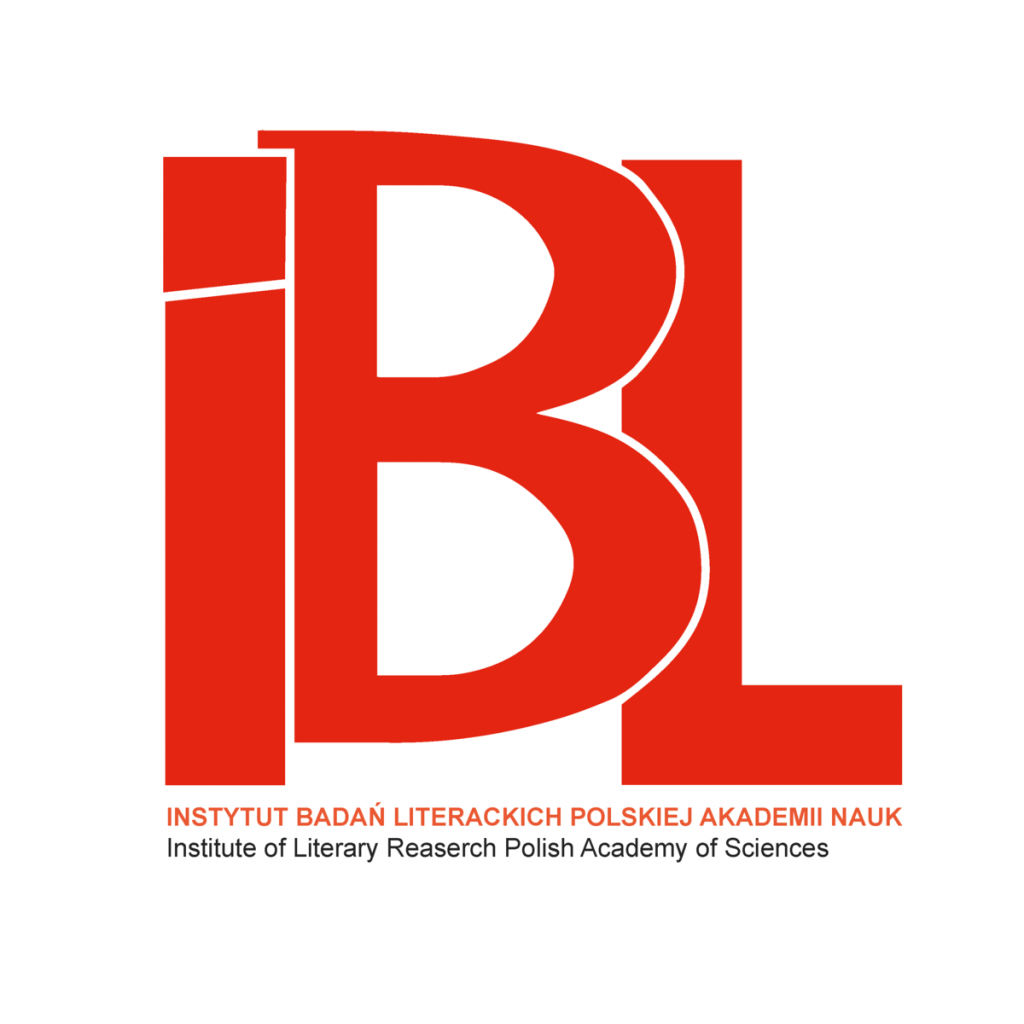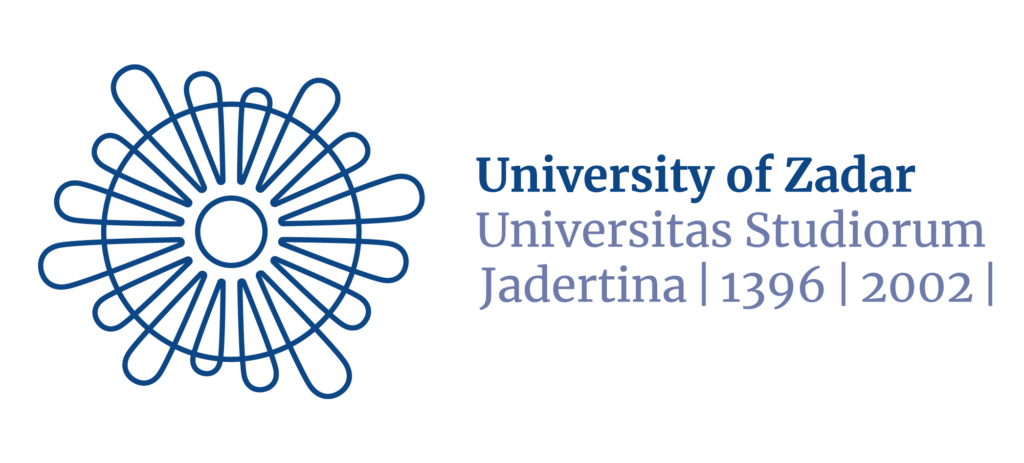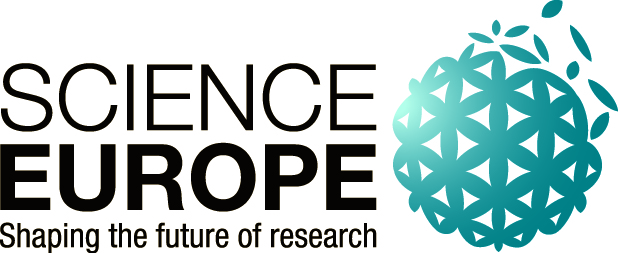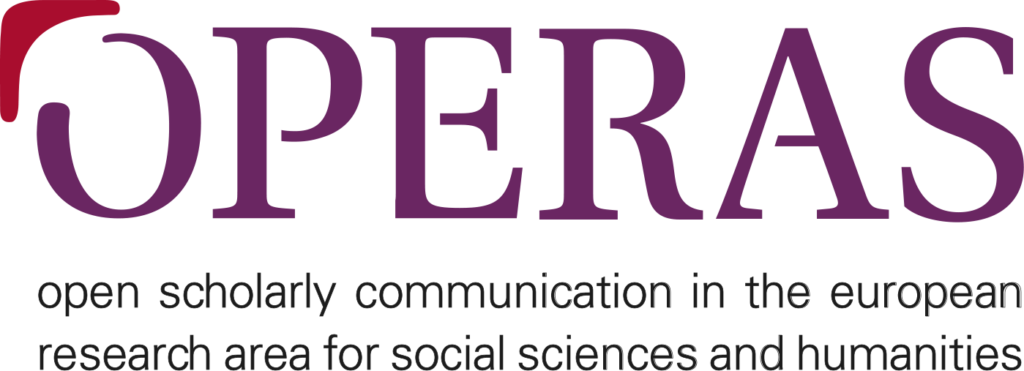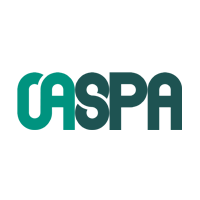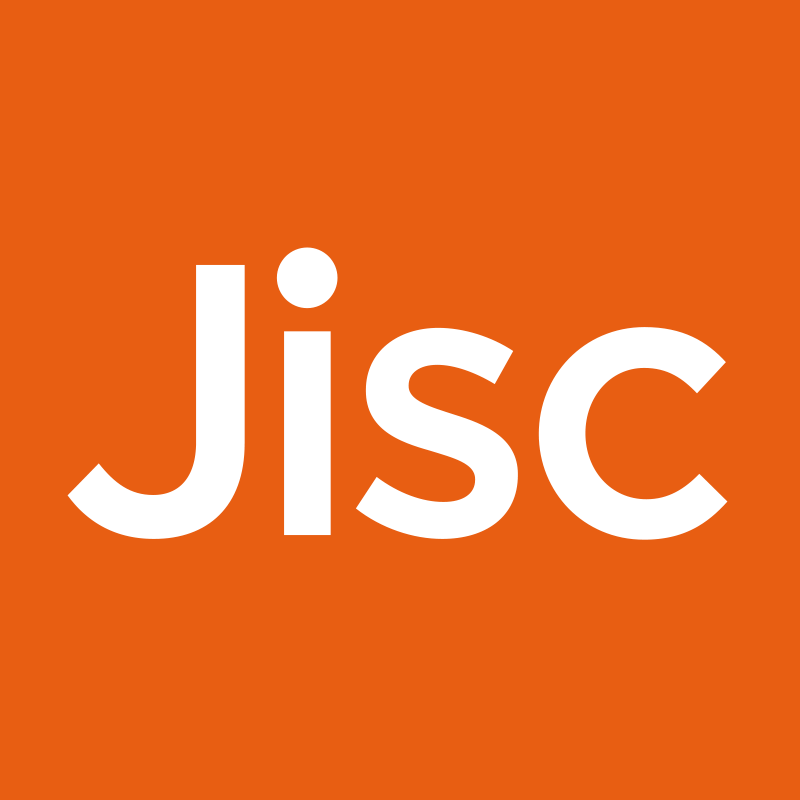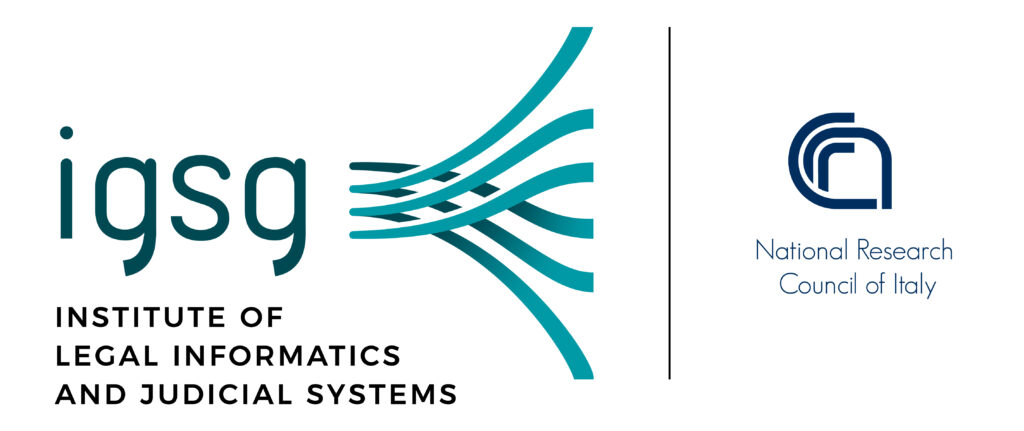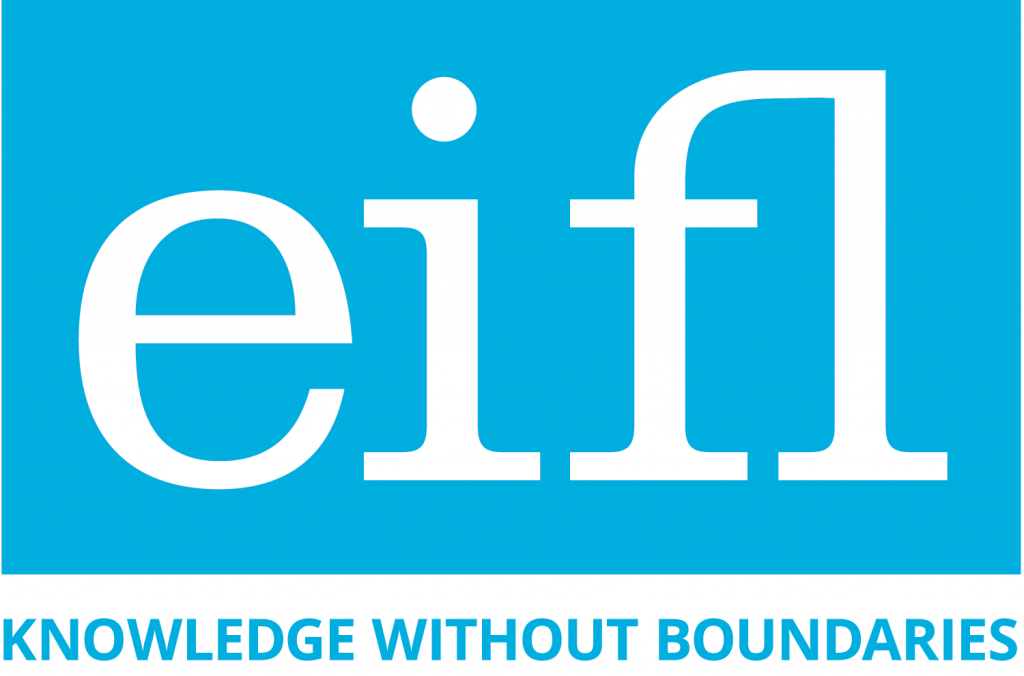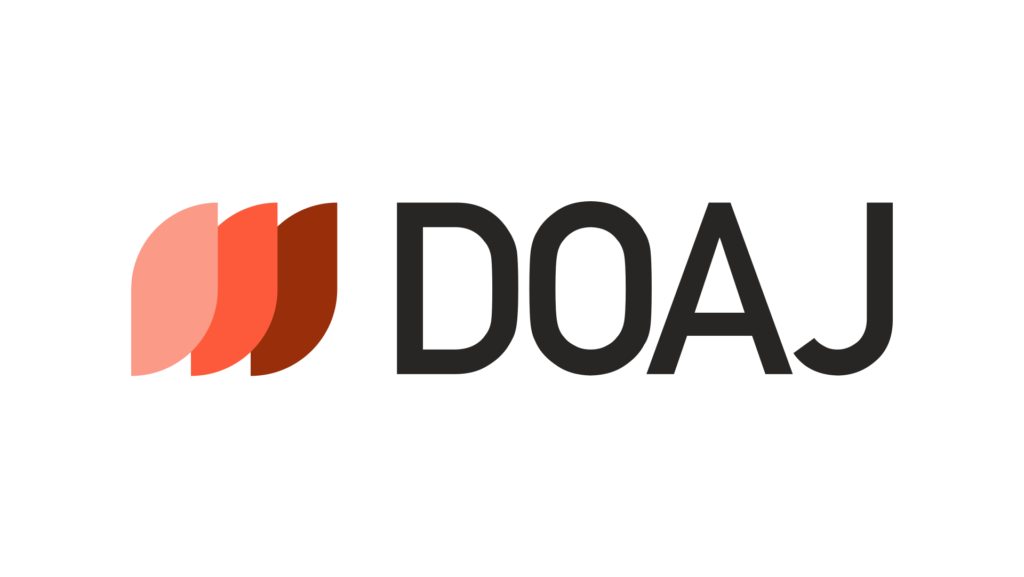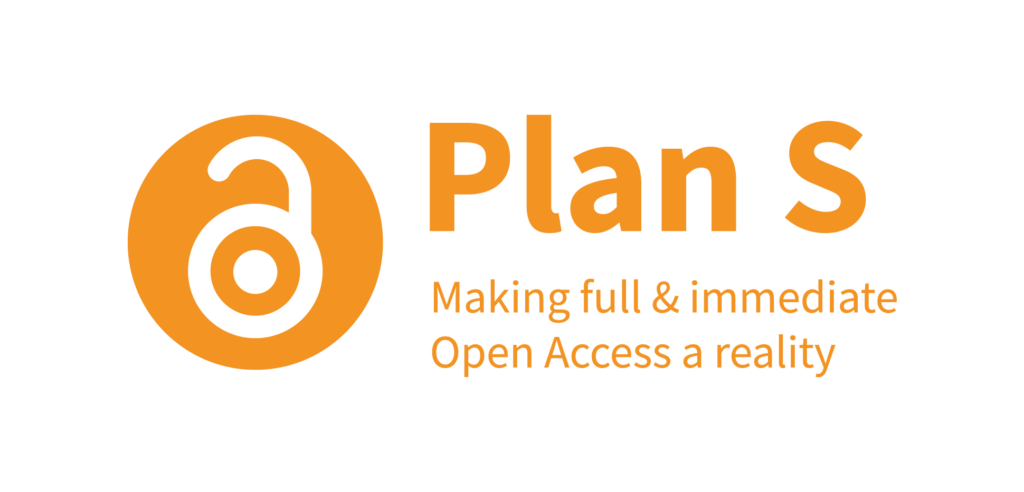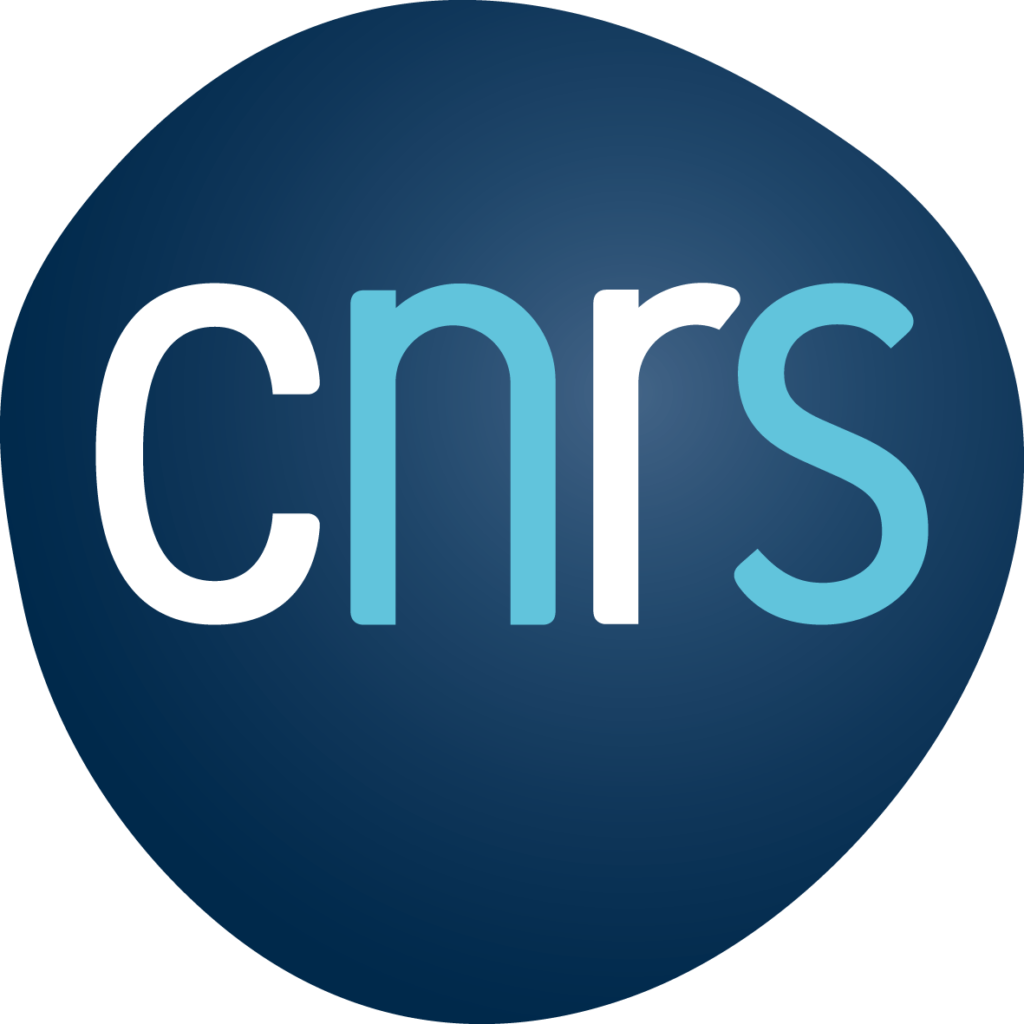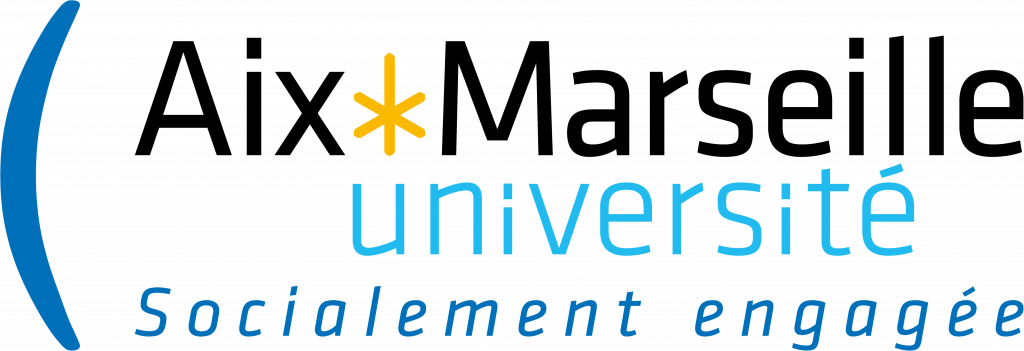One of the main tasks of the DIAMAS project is to investigate the financial sustainability of institutional publishing in Europe and to provide recommendations that will help Diamond Open Access (OA) publishers and service providers become more sustainable. A new DIAMAS research report that has recently been published draws on the results of a literature review of economic and financial aspects of institutional publishing, quantitative surveys, focus groups, and interviews conducted across 18 months. Before you dive into it, have a look at this brief summary of the key findings.







To describe what we mean by financial sustainability, we formulated the following definition:
“The capacity to develop and implement feasible medium-term resource strategies that facilitate the consistent execution of editorial tasks, incorporating essential developmental elements for adhering to globally recognised quality standards in editorial work and publishing, all while guaranteeing the continuous accessibility of published content. This capacity can depend on the IPSP’s [institutional publishers and service providers] internal resources and expectations, the contextually available funding and workforce sources, and the effectiveness of the strategies deployed.”
Source: Brun, V., Pontille, D., & Torny, D. (2024). D5.1 IPSP Sustainability Research Report (1.0). Zenodo.https://doi.org/10.5281/zenodo.10907086
What do we know about the financial sustainability of institutional publishers and service providers?

There is a great diversity among institutional publishers and service providers in terms of their missions, sizes and services they provide. They also perform different tasks and have access to different options to ensure sustainability. All this determines the choices they make.
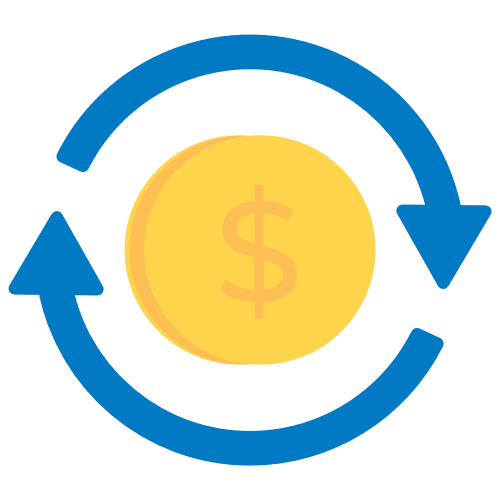
No funding model is sustainable by definition, as publishers and their service providers largely rely on the renewal of income streams and an unpaid workforce to carry out their work. The surveyed institutional publishers and service providers rely on different funding streams. When they have a parent institution, they heavily rely on its in-kind support (personnel, services). Many also rely on government funding. These two main funding streams are combined at the margin with print subscription fees, VACs, collective funding initiatives, event organisation, commercial revenue and loans.

Parent organisations and public national or regional funders are the main local supporters of Diamond OA. Research funding organisations and international funders, however, currently support non-commercial Diamond OA publishing only marginally although they provide significant support to commercial publishing through APCs and BPCs.

Although a small majority of institutional publishers and service providers have an approved budget, almost all track their expenses and revenues in some form. Income management is, therefore, associated with an administrative burden, which is particularly difficult to deal with in the case of time-limited grants (and 40% of IPSPs rely on this type of grant to fund their operations). There is therefore a clear need for more stable and long-term funding that entails less administration.

Personnel is more central to the sustainability of an institutional publisher or service provider than monetary resources. However, the contribution of this workforce is difficult to assess since work can be considered to be voluntary, in-kind or paid for a given task depending on institutional definitions. Institutional publishers and service providers often need to negotiate with parent organisations for resources when dependent on in-kind contributions.

Large infrastructures play a crucial role in the ecosystem, particularly Diamond hosting platforms and software. By funding infrastructures we support many small- to medium-size institutional publishers and service providers that use them. While a lot of them do not want to scale up, infrastructures benefit from being widely shared tools at a national or international level.

Institutional publishers and service providers have a clear view of the challenges they face, the most important being the need for more financial resources, the lack of stability and permanence in personnel and the dependence on parent organisations. At the same time, they share a vision of a Diamond OA funding landscape where the author-pays model is not a solution for the future. There is also agreement among them that the support of the current funders (public bodies and institutions) should be reinforced and that research funding organisations should become involved.
How to help IPSPs become more sustainable
- It is vital that universities, libraries, research and other public institutions continue to support Diamond OA publishing. Permanent government funding, including national research funders, should be established, not only for local institutional publishers but also to support international services and infrastructures whose work benefits many.
- International funding should be made available to those who have no support from their local environment or national policies.
- Stakeholders who have a key interest in Open Access (e.g. for those setting Open Access and Open Science policies or seeking to meet Open Access, Equity, Diversity, Inclusion and Belonging and the Sustainable Development Goals) should contribute to the funding of Diamond OA.
- National policymakers, public institutions and research funders should support strategic investment and innovation in the Diamond OA sector by developing new and existing services, i.e. funding operations as well as development. This should be done through recurring and longer-term funding programmes.
- When providing time-limited grants, funders should relieve administrative burdens as much as possible to make it easier for publishers to apply for grants and handle them.
- Local, regional, national and international funders should fund infrastructures that are used by many. Infrastructures are the key area to transform practices at a large scale and they minimise the cost and strengthen small institutional publishers and service providers.
- The work carried out for Diamond institutional publishing should be rewarded since recognition is a prerequisite and a resilient resource for its perpetuation and growth. Any action that will bring greater recognition, dedicated budgets, and support to Diamond publishing is highly recommended.
“Sustainability cannot be considered at the level of the individual institution alone. If we are to envision the future, we need to look at institutional OA publishing at the national and international policy and practice ecosystem level. Supporting infrastructures that facilitate the development of small to mid-sized IPSPs and efforts that connect, build capacity and share resources has the potential to make this ecosystem more technically and financially sustainable in the mid to long term.”
Source: Brun, V., Pontille, D., & Torny, D. (2024). D5.1 IPSP Sustainability Research Report (1.0). Zenodo. https://doi.org/10.5281/zenodo.10907086
Check out the The IPSP Sustainability Research Report
For more information on the sustainability of non-commercial Diamond OA publishers, watch the recording of the webinar “The dynamics of funding Diamond Open Access: Opportunities and Challenges. Learnings from the DIAMAS Project and other studies.”
Along with the IPSP Sustainability report, the webinar presents the following studies:- Bosman, J., Frantsvåg, J. E., Kramer, B., Langlais, P.-C., & Proudman, V. (2021). OA Diamond Journals Study. Part 1: Findings. Zenodo. https://doi.org/10.5281/zenodo.4558704
- Dufour, Q., Pontille, D., & Torny, D. (2023). Supporting Diamond Open Access Journals. Interest and Feasibility of Direct Funding Mechanisms. Nordic Journal of Library and Information Studies, 42(2), pp. 35–55. https://doi.org/10.1101/2023.05.03.539231
- Laakso, M., Multas, A.-M. (2023). European scholarly journals from small- and mid-size publishers: mapping journals and public funding mechanisms, Science and Public Policy, Volume 50, Issue 3, June 2023, Pages 445–456, https://doi.org/10.1093/scipol/scac081





